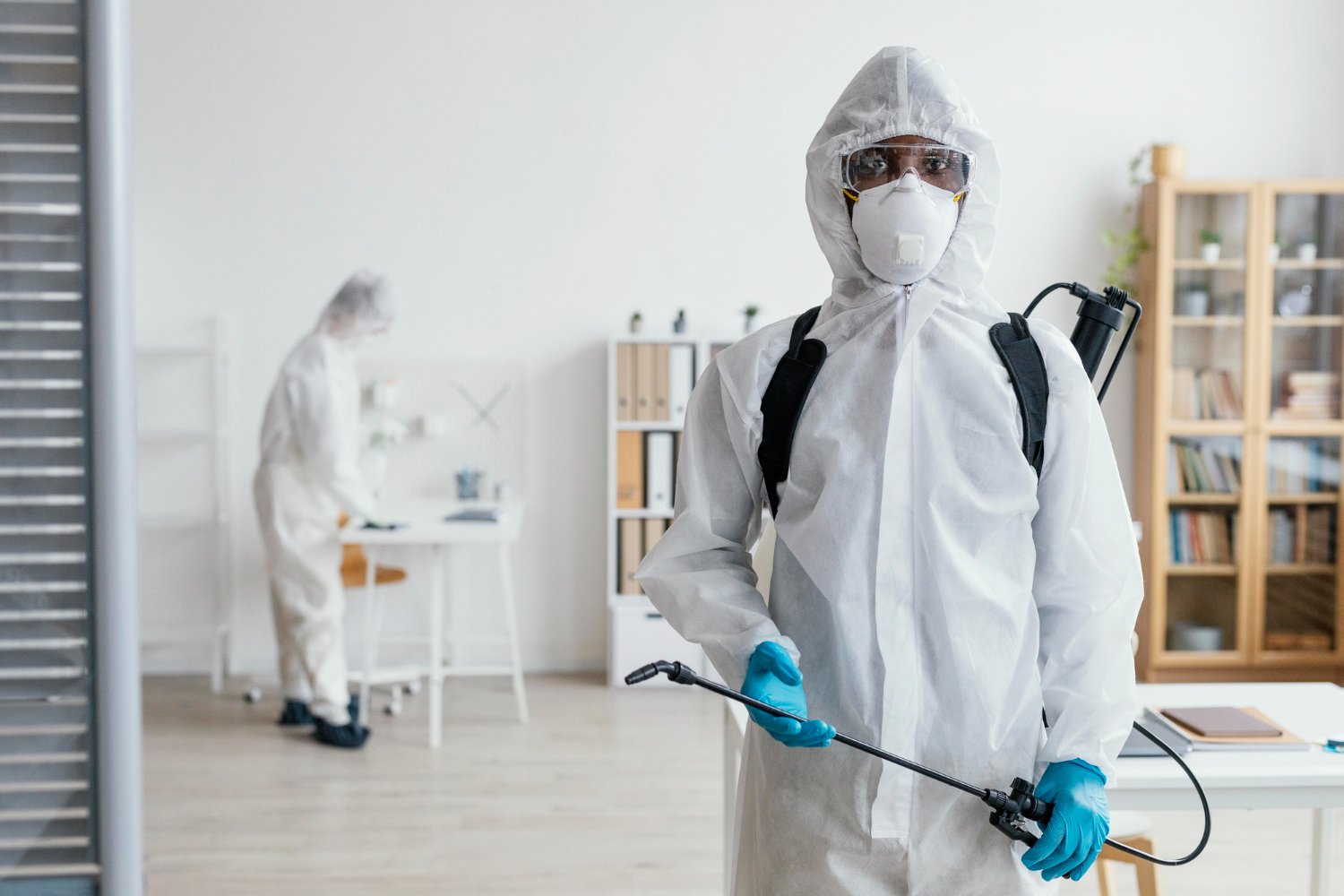Bed Insect Treatment Malfunction: Contrasting Chemical Vs. Non-Chemical Solutions
In the realm of parasite control, especially when taking care of the persistent problem of bed pests, the option in between chemical and non-chemical treatment services can be a crucial one. Both approaches offer distinctive benefits and disadvantages, influencing elements such as efficiency, safety considerations, and total expense. By examining the nuanced details of each method, a clearer understanding of which path to seek in resolving a bed insect infestation can be acquired.
Efficiency of Chemical Treatments
Chemical treatments for bed bug invasions have actually been extensively recognized for their rapid and powerful efficiency in removing these parasites. When taking into consideration the performance of chemical treatments, it is critical to understand that they can supply a comprehensive and fast service to a bed insect trouble.
Moreover, chemical treatments have the advantage of offering recurring results, indicating that they can remain to get rid of bed pests even after the initial application. This residual activity is particularly advantageous in combating any kind of prospective re-infestations. Additionally, the quick action of chemical treatments can bring alleviation to individuals facing extreme bed insect infestations, permitting them to restore control of their home quickly.
Safety And Security Worry About Chemical Solutions
When using chemical remedies for bed bug treatment is making sure the safety and security of residents and the atmosphere,One important element that calls for mindful factor to consider. While chemical treatments can be reliable in eradicating bed bugs, they may posture dangers if not managed effectively. Among the key safety worry about chemical options is the possible damage they can cause to human health. Exposure to certain chemicals used in bed bug treatments can result in breathing issues, skin irritation, or various other damaging responses, particularly in individuals with pre-existing conditions or sensitivities. Furthermore, incorrect application or dosage of chemical pesticides can lead to harmful residues lingering in the treated area, posturing lasting wellness dangers to passengers.
In addition, the environmental impact of chemical remedies is one more significant factor to consider. Some pesticides made use of in bed pest treatments may be unsafe to helpful pests, wild animals, and ecological communities if they seep into the soil or water systems. It is vital to use chemical treatments carefully, adhering to safety guidelines, and thinking about less poisonous alternatives to reduce these risks and ensure the effective and risk-free management of bed pest infestations.
Benefits of Non-Chemical Approaches
Taking into consideration the potential safety concerns and ecological influence associated with chemical options for bed bug therapy, discovering non-chemical techniques presents an encouraging alternative with numerous unique benefits. Non-chemical approaches supply a safer alternative for families, especially those with people, family pets, or youngsters sensitive to harsh chemicals. These approaches remove the dangers of direct exposure to harmful compounds, reducing the capacity for damaging wellness impacts. Furthermore, non-chemical therapies are eco-friendly, as they do not add to air or water pollution, making them a sustainable selection for insect control.
In addition, non-chemical services can be reliable in targeting bed bugs, consisting of hard-to-reach areas where chemical therapies may not permeate - A1 exterminators charlotte nc. Approaches such as warm treatment, vacuuming, steam cleaning, and cushion coverings supply complete obliteration without the usage of dangerous chemicals.
Limitations of Non-Chemical Treatments

Furthermore, non-chemical treatments frequently call for multiple applications to attain effective obliteration. This can be taxing and may not constantly ensure total elimination of all bed bugs and their eggs, specifically in concealed or hard-to-reach places.
Moreover, the success of non-chemical treatments greatly counts on proper implementation and thoroughness, which can be testing for individuals without specialist proficiency. Insufficient application of non-chemical methods might cause incomplete elimination, bring about persistent invasions and the requirement for added treatments.
As a result, while non-chemical therapies have their advantages, it is necessary to acknowledge these restrictions and consider them when figuring out the most efficient method for taking care of bed insect problems.
Price Comparison: Chemical Vs. Non-Chemical Options
Given the restrictions connected with non-chemical therapies, a vital aspect to assess in the context of bed insect administration is the expense contrast in between chemical and non-chemical alternatives. Chemical therapies usually involve the application of insecticides by experts, which can vary from $250 to $900 per area, depending on the seriousness of the problem and the dimension of the area to be treated. In comparison, non-chemical therapies like heat treatment or heavy steam can be much more costly, with costs varying from $1,000 to $6,000 for an entire home. While the first cost of chemical therapies may appear reduced, multiple therapies might be called for to completely get rid of the invasion, possibly raising the total price. On the other hand, non-chemical alternatives might give a much more sustainable and eco-friendly remedy, although they can be cost-prohibitive for some people. Ultimately, when thinking about the price of bed insect treatment alternatives, it is essential to evaluate the ahead of time costs against the performance and lasting sustainability of the picked technique.
Verdict

Taking into consideration the potential security problems and ecological impact connected with chemical solutions for bed insect therapy, discovering non-chemical techniques presents an appealing choice with several unique benefits.Given the constraints associated with non-chemical treatments, an essential facet to evaluate in the context of bed bug administration is the price comparison between chemical and non-chemical alternatives. In contrast, non-chemical treatments like warmth therapy or steam can be much more expensive, you could look here with prices varying from $1,000 to $6,000 for an entire home. While the initial expense of chemical therapies may appear reduced, numerous treatments may be required to totally eliminate the problem, possibly raising the overall cost.In conclusion, when comparing chemical and non-chemical bed insect treatment alternatives, it is vital to take into consideration efficiency, safety and security, advantages, restrictions, and expense.